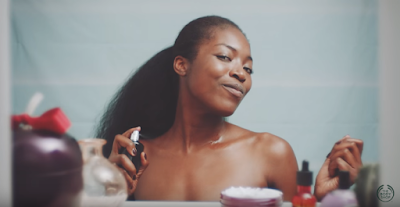I'm writing this after the results of the 2016 election have already been released (and let me tell you, I never believed in a million years that the American general public could be so racist, misogynistic, homophobic and plain stupid enough to elect a Wotsit in a blonde wig for President, but there you go). Regardless of how I feel about Trump, there's no denying his debating skills leave a lot to be desired. But we're not talking about Trump. We're talking about his wife, Melania Trump, and her lack of originality that has yet again been noticed by the media.
Earlier this year, Melania was slated by the public after she appeared to steal a line from a speech made by Michelle Obama. Recently, she's yet again been accused of plagiarism. In a speech, referring to her upbringing in Slovenia, she used the line 'if you could dream it, you could become it'. Unfortunately, a very similar quote came from Marla Maples, Trump's ex-wife.
This article, from the Daily Mail, is a reasonably factual account of the news - it lists the reality of the situation, the accusation of plagiarism (pointed out by Twitter user Yoni Brander) and the details of Maple's original speech - which, as Brander points out, uses an adapted quote from the author William Arthur Ward.
However strongly I feel about the Trump family, I believe Melania is being unfairly represented in this article - plenty of speechwriters and authors borrow quotes from other people in order to put their point across, with or without a source. Although Melania's previous use of Michelle Obama's words indicates her lack of skill in speech writing, this more recent similarity between speeches could simply be a coincidence that the media have latched onto as a scandal. The article does, however, use the words 'appeared' and 'seemingly' to give a more balanced account of events rather than taking a Twitter user's observations as fact. Credit to the Mail for their efforts to reduce bias (never thought I'd ever type that sentence out).















